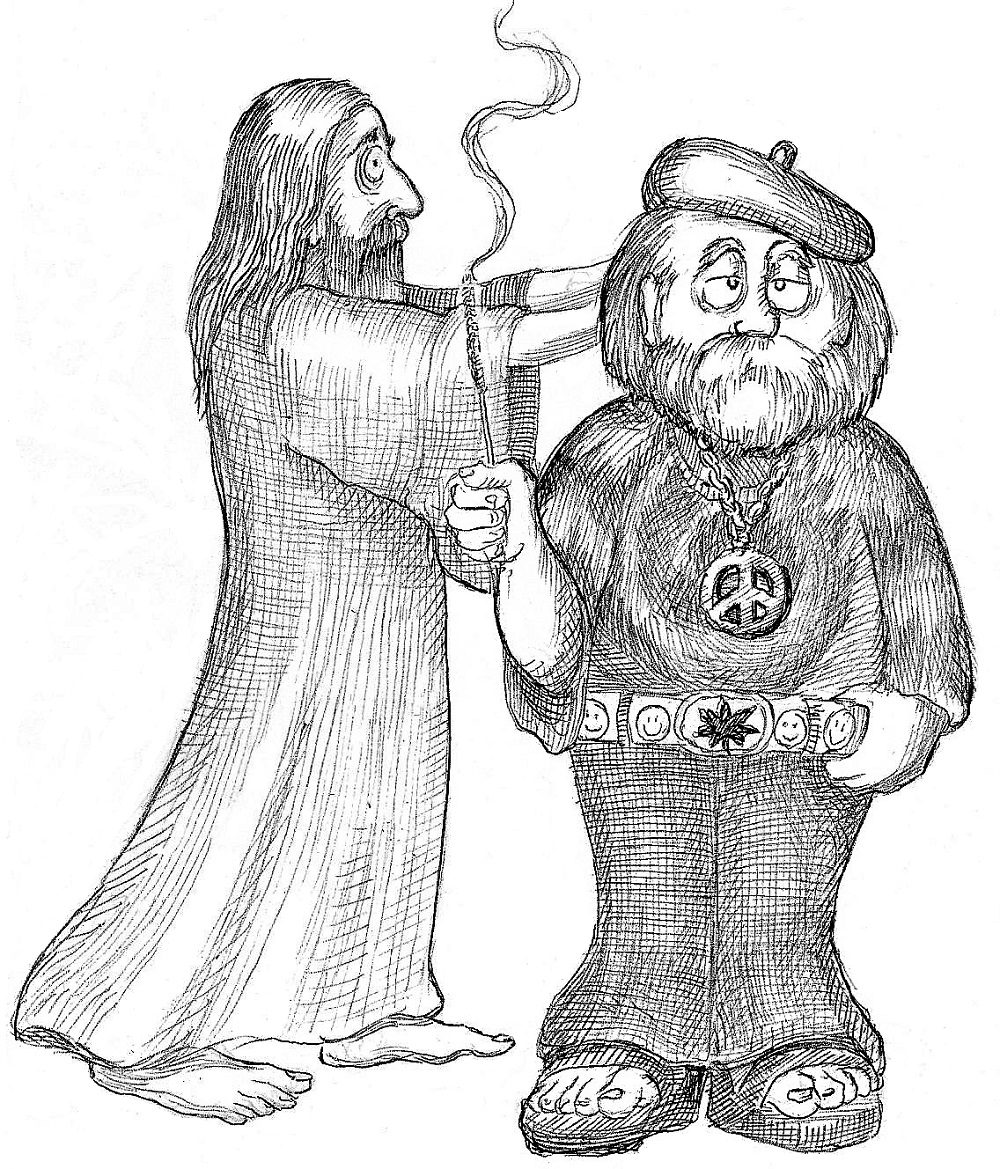My day job is driving on the ride sharing platform, Lyft. Several years ago, I retired from teaching school to devote myself to writing and painting and lived off savings until I couldn’t. Four years ago, I started driving Lyft so I wouldn’t have to take a straight job and could focus on my creative work.
Since then, I have given well over seven thousand rides to strangers. I almost always engage them in conversation, and that has been interesting. When I began this gig, I was getting over a long episode of clinical depression and isolation. Driving for Lyft was my road back to human interaction, and I have become very good at conversing with strangers, telling jokes, making surprisingly intimate connections in ten to twenty minute spurts of conversation. I have heard perspectives on America from all over the map, indulged in delicious gossip about the tech world, shared favorite foods and recipes, heard some awfully bad jokes (the worst was a shaggy dog about people looking for drinks at a party and finally giving up because, after all, “there was no punch line”), and explored politics and art with a surprising amount of depth.
I have also comforted families on their way to the hospital to visit their dying elders, made jokes with a Midwestern couple in town to get treatment for the wife’s possibly fatal cancer, consoled young people going through breakups, been an impromptu marriage counselor, intervened to help desperate alcoholics, and been privy to many other surprisingly intimate conversations.
People are pretty much the same, and different, too, of course, and always amazing. Every time in every conversation. How do we contain so much?
I am awestruck when I consider the size of our minds. I mean, we can imagine infinity with an organ smaller than a grapefruit.
What am I trying to get at here?
Perspective, I suppose: Add together the seeming infinity of my own mind with all the other minds alive today, then all who have lived in human history, then consider the depths of time and space, and toss in the consciousness of other species of animal, and plants, maybe, and mushrooms, and aliens, and, who knows, why not God or gods or goddesses? What is the relevance of even nuclear war in the context of all that?
The spark of consciousness in a single squiggly worm under a single rose bush in a silent corner of Klopnik’s back yard garden easily trumps Trump.
The macrocroscopic and microscopic vastness of our consciousness makes death seem very small, if anything at all. If my little grapefruit of a mind can encompass so much, how can I imagine it is a separate thing, this simultaneously large and miniscule self that writes and thinks and loves and passes on?
If I have any kind of faith, I suppose, it is this: we are not separate beings and neither enter nor exit the Universe. All are (is?) one.
I’m such a hippie goofball, right?
Look, before I began writing today, I visited the website of the Bulletin of Atomic Scientists to read their editorial statement about the symbolic Doomsday Clock, which, as of January, 2017, has been reset to read “two minutes before midnight”—later than it has ever been.
Last night, President (sic) Trump held an intimate dinner party with three guests with whom he discussed the foreign policy of the United States of America: Sarah Palin, Kid Rock, and Ted Nugent. It sounds like a skit from Saturday Night Live, but it really happened.
Okay, as I said, our minds are large, but how do we do we make room for facts like these?
A few weeks ago, I described a demonstration in Berkeley where I was frightened by the depth of violence, anger, and hatred on display. A couple of days ago, there was another Berkeley demonstration that sent some folks to the hospital. Immigrant Americans are living in fear for their families, and even their lives. Police brutality and abuse continues, as our new Attorney (Confederate) General Jefferson Beauregard Sessions backs away from Justice Department intervention. The Supreme Court, in a 5-4 decision along party lines, allows the State of Arkansas to front burner executions because the shelf life of their deadly poisons is running out.
And it all happens during the season of Easter, a time when millions of Christians throughout the world celebrate the idea of resurrection and the ultimate victory of a God of Love and Justice.
I mean, what the fuck?
Constant readers (thank you, loves) will know that I occasionally hang out with a bunch of Catholic monks on a mountain in Big Sur. Every day, these isolated elders meditate and contemplate and move rhythmically through a round of prayers and chants and sacred reading, nevertheless as aware of the daily news as you and I. In spite of the world, they hold to their medieval course, and claim to seek only God. One of them once wrote something like this (I paraphrase from memory): “If our religious ideas are true, what we do up here is important and vital and good. If it is all just superstition, then it is very wrong and an abdication of social responsibility.”
So, I respect religion, and sometimes even practice it. But in the face of facts, can I really “believe”? Can I take the figure my atheist friends call Zombie Jesus and similar ideas seriously?
I don’t know about belief. I do not think I can believe what is clearly not true. And isn’t faith a matter of assent in the absence of belief?
Here is my solution: While I cannot will myself to believe, I can always hope. I hope that the Jesus story and other religious tales point to something real. In an infinitely vast and varied Universe, why not cling to hope’s feathers?
I do not believe that Trump is now, or ever will be, a good man. I do not believe that Jeff Sessions is anything other than what he appears to be: an unrepentant racist and throw back Confederate of the most virulent kind. I do not believe in the goodwill of the rising power in America. I am not a fool.
And yet, my will to hope is a kind of faith that inoculates me against hopeless rage and a descent into violence and hatred.
Yes, I proudly remain a goof ball, caring more about cosmic consciousness than political angst. I act as much as I can, knowing I stand in the gutter, but my mind is expanded to the stars (thanks, Oscar).
I cling to what I learned in my hippie youth: Love is the ultimate trip.
All we are saying is give peace a chance.
Let’s sing ‘em again, goofy or not.
***
Rumpus original logo and artwork by James Lorenzato, aka Argyle C. Klopnick (ACK!).
***
“The Storming Bohemian Punks the Muse” was originally developed as a column under the editorship of Evan Karp at Litseen. An earlier incarnation of this work can be found there, along with many other interesting things.




